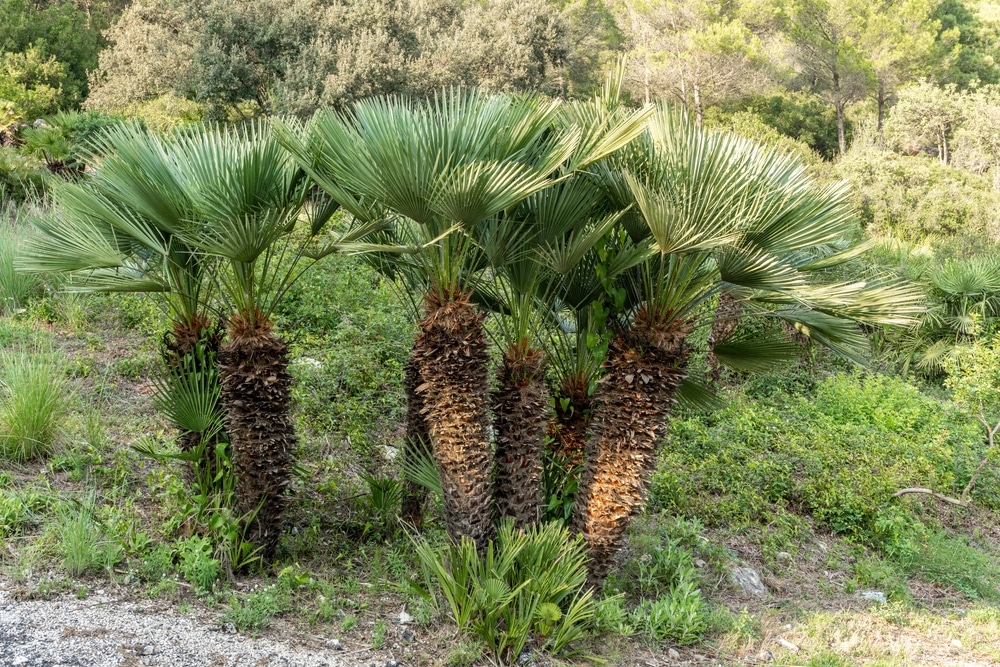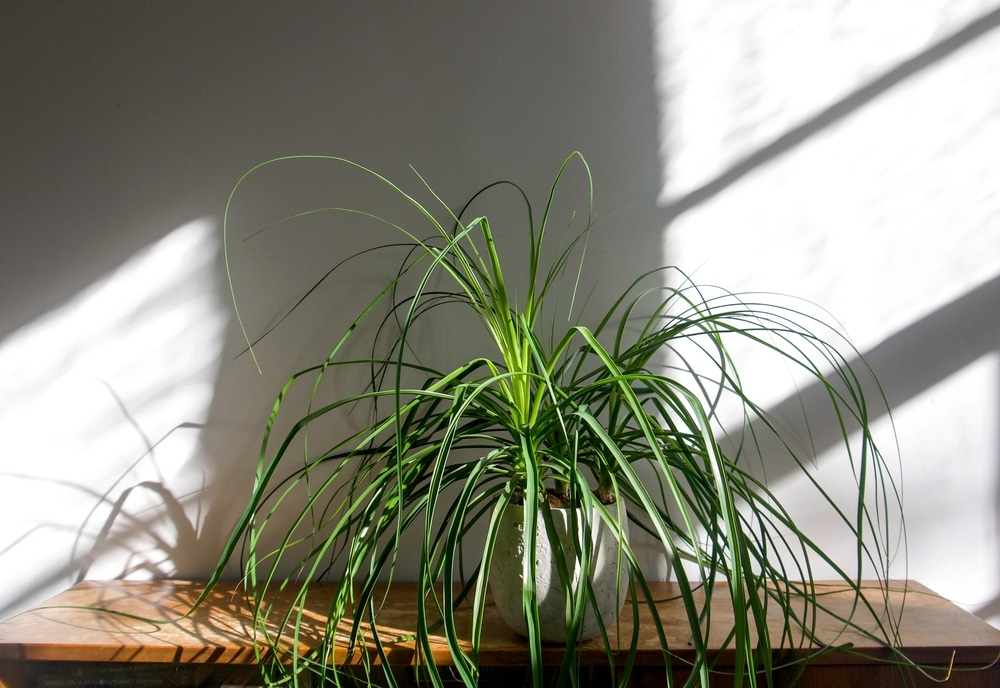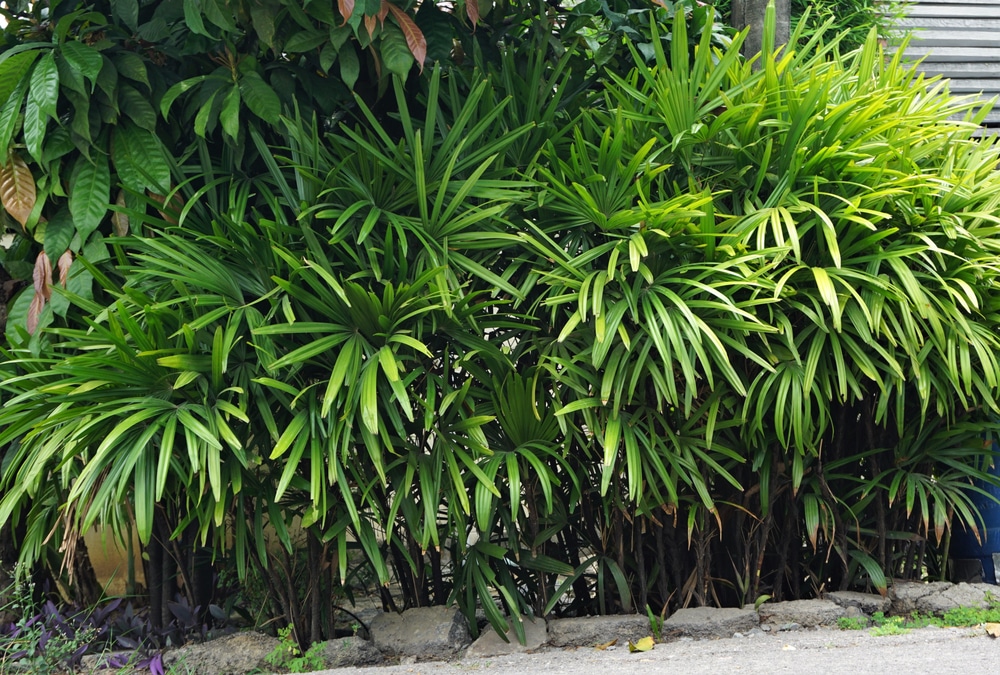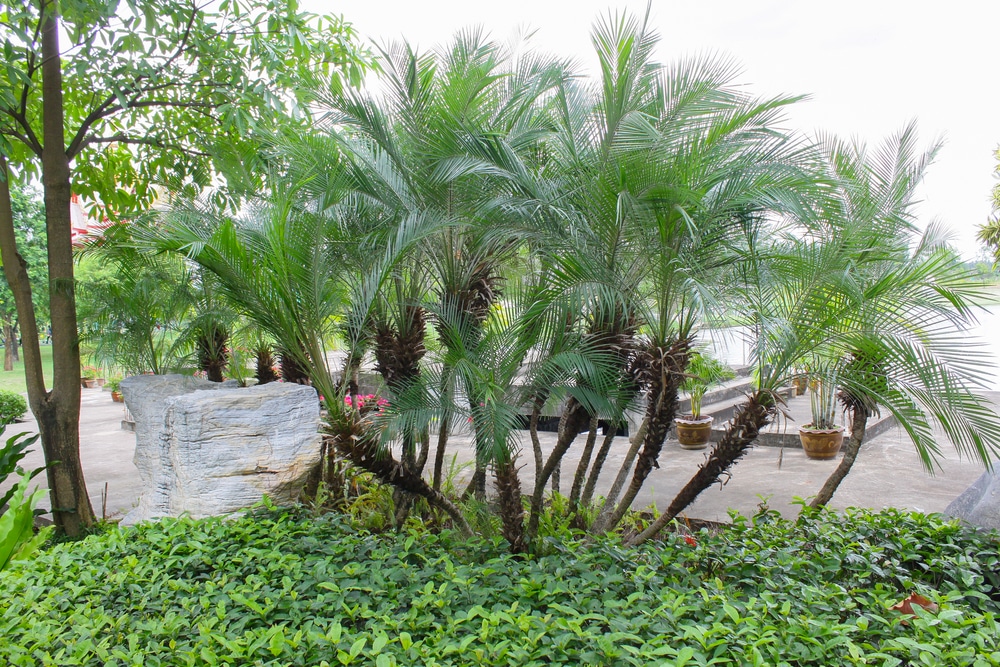If you’re looking for multi trunk palm trees, there are several varieties to choose from. The date palm, European fan palm, ponytail palm, lady palm, seashore palm, and pygmy date palm all have multiple trunks. While many people mistake these trees for clumps of single trees growing together, it’s not uncommon for palm trees to have more than one trunk.
Multi trunk palm trees can be used to create a more impressive display. Let’s look at these trees in more detail!
Multi trunk palm trees
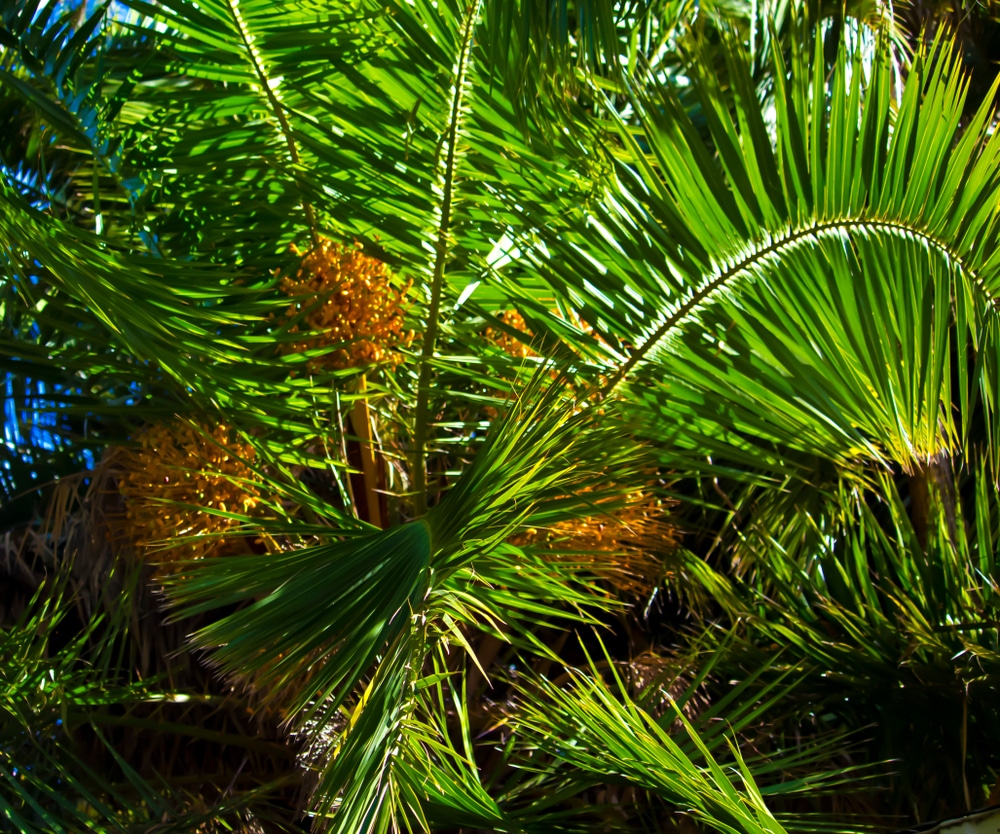
Palm trees sometimes look like they have multiple trunks due to clumped growth. These trees naturally form clusters when grown in the wild, so if you can find one at a nursery or garden center, it will already have more than one trunk.
But what about varieties that don’t tend to cluster? This is where intentional cultivation comes in: many palm trees can be trained to form multiple trunks with careful pruning.
Here are some common palms with multiple trunks:
Date palm
The date palm is perhaps the best-known of the multi-trunk palms, with its iconic cluster of multiple stems reaching up to 30 feet tall in maturity. It’s a hardy tree, thriving in USDA Hardiness Zones 8 – 11.
European fan palm
European fan palms are also hardy trees, capable of withstanding cold temperatures down to 10°F. They’re an ideal choice if you live in a colder climate, as they can survive sub-zero temperatures without damage. The European fan palm typically has several slender trunks that fan out from the center.
Ponytail palm
The ponytail palm is a popular choice for those looking for a striking feature plant in their garden or home. Its distinctive bulbous base hides an impressive array of thin, arching stems – perfect for adding drama and height to any planting area.
Lady palm
The lady palm is a more compact option, growing to around 6 feet tall in maturity. The dark green leaves add a tropical flair to any interior or exterior space. Lady palms thrive in USDA zones 9 through 11.
Seashore palm
The seashore palm is an ideal choice for coastal gardens. It can tolerate salt and wind, making it a very hardy choice. The trunk is shrubby looking with multiple trunks, and it grows well in USDA zones 9b to 11.
Pygmy date palms
Finally, the pygmy date palm is an excellent choice if you’re looking for a smaller palm. It grows to an average of 8 feet, with multiple slender trunks that reach up from the base. The graceful fronds add texture to any outdoor space.
How to Prune Multi Trunk Palm Trees
Prune multi trunk palm trees to maintain their shape and health. In some cases, pruning is necessary to keep the tree healthy and prevent problems such as pest infestations or diseases. Pruning can also be used to create a more attractive tree by controlling its size, height, and overall shape.
To prune a multi trunk palm tree correctly, you’ll need to start by assessing the tree’s overall shape. Identify any dead or diseased fronds and branches and remove them immediately. Then, consider the tree’s height and trim off any fronds growing above your desired height. Finally, prune back any side shoots to maintain the desired shape of the tree.
When pruning, make sure you use sharp, clean tools and avoid leaving any jagged edges. As a general rule of thumb, never remove more than 20-30% of the foliage in one go to prevent damage or shock to the plant. Always remember: when it comes to pruning, less is usually more!
Conclusion
When selecting a multi-trunk palm tree for your garden or home, make sure you choose one that is suitable for your climate and can be pruned to achieve the desired effect. With careful cultivation and pruning, you’ll be able to create a stunning display that will last for years.

